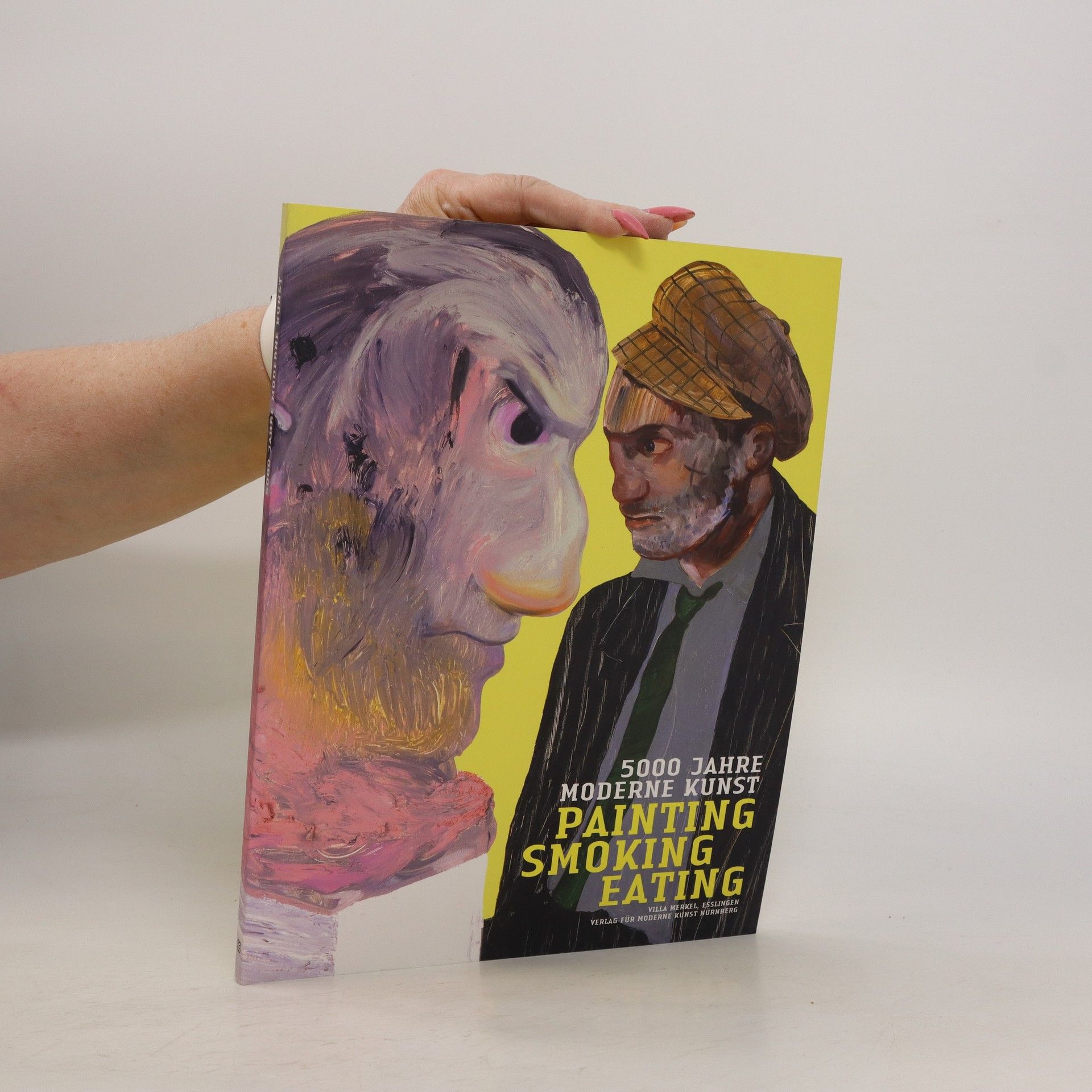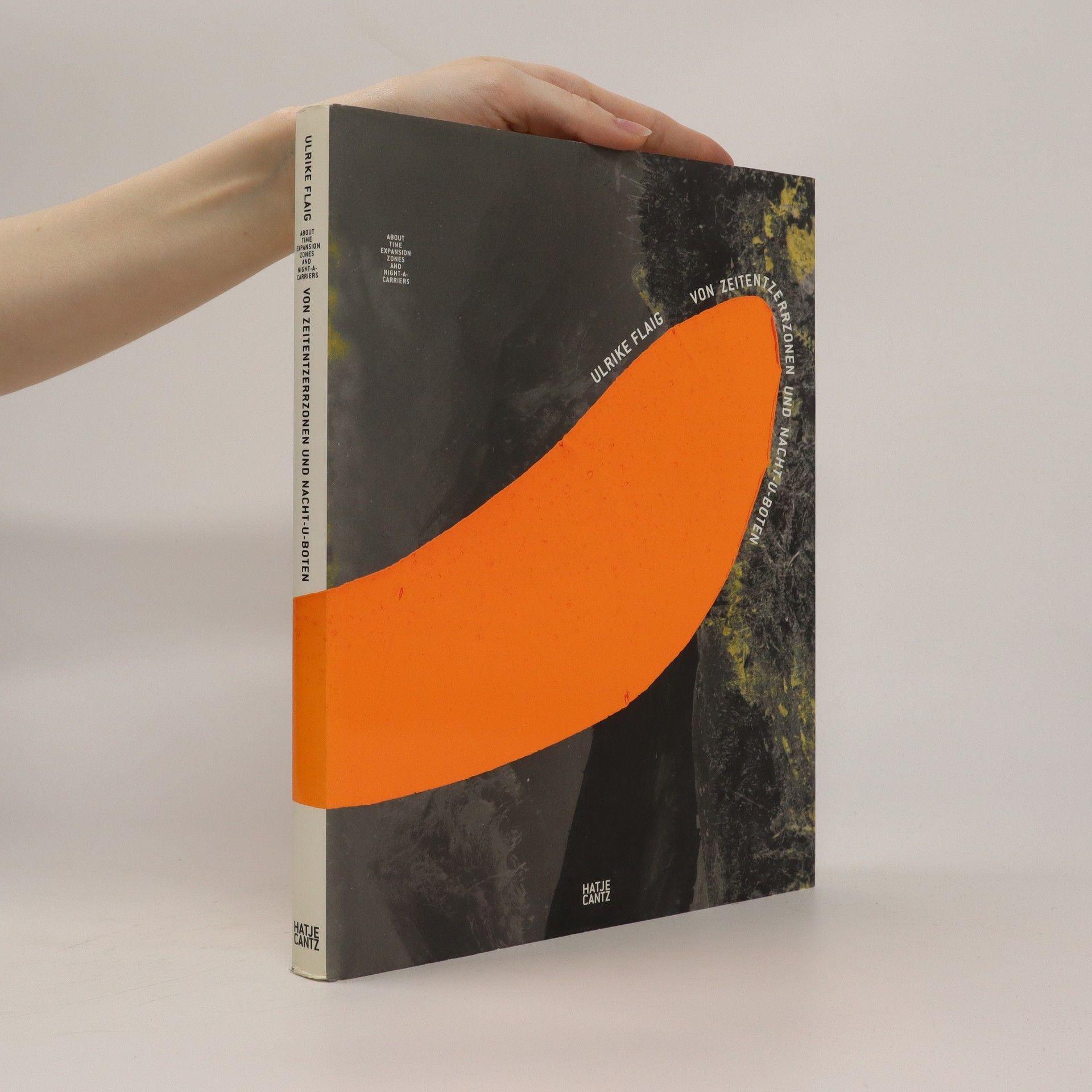Hier und Jetzt Aïcha hat einiges erlebt: Als Adoptivkind nach Frankreich gekommen, ist sie dort in schwierigen Verhältnissen aufgewachsen. Heute lebt sie auf Mallorca und hat sich voller Konsequenz in das Abenteuer Malerei gestürzt. Ihre Bilder sind unmittelbar, unverstellt - sie sind, was die Biografie der Künstlerin anbelangt, geprägt von einer tiefen Authentizität, die die BetrachterInnen zum Eintauchen in ihre Lebensumstände einlädt. Lebensgroß begegnen einem die Figuren auf den großformatigen Bildern jüngeren Datums, die den Dialog mit uns auf Augenhöhe suchen. Aïcha malt sich ihre Geschichte von der Seele. In ihrer Bilderwelt kehrt sie zurück in ihre Kindheit und Jugend, meistert sie die Dinge des alltäglichen Lebens, orchestriert sie die kleinen Geschichten. Und doch ist im Hintergrund stets etwas Bedrohliches, fast eine düstere Stimmung zu erahnen. Der Bildaufbau wirkt dabei klassisch, die Interaktion der Bildgegenstände ist formal völlig souverän konzipiert, die Motive teilen sich bei der Betrachtung unmittelbar mit. Aïcha könnte eine herausragende Akteurin der Art Brut gewesen sein, doch sie malt im Hier und Jetzt, so dass ihre gewaltige Bildsprache ist nicht anders als sensationell zu nennen ist.
Andreas Baur Book order

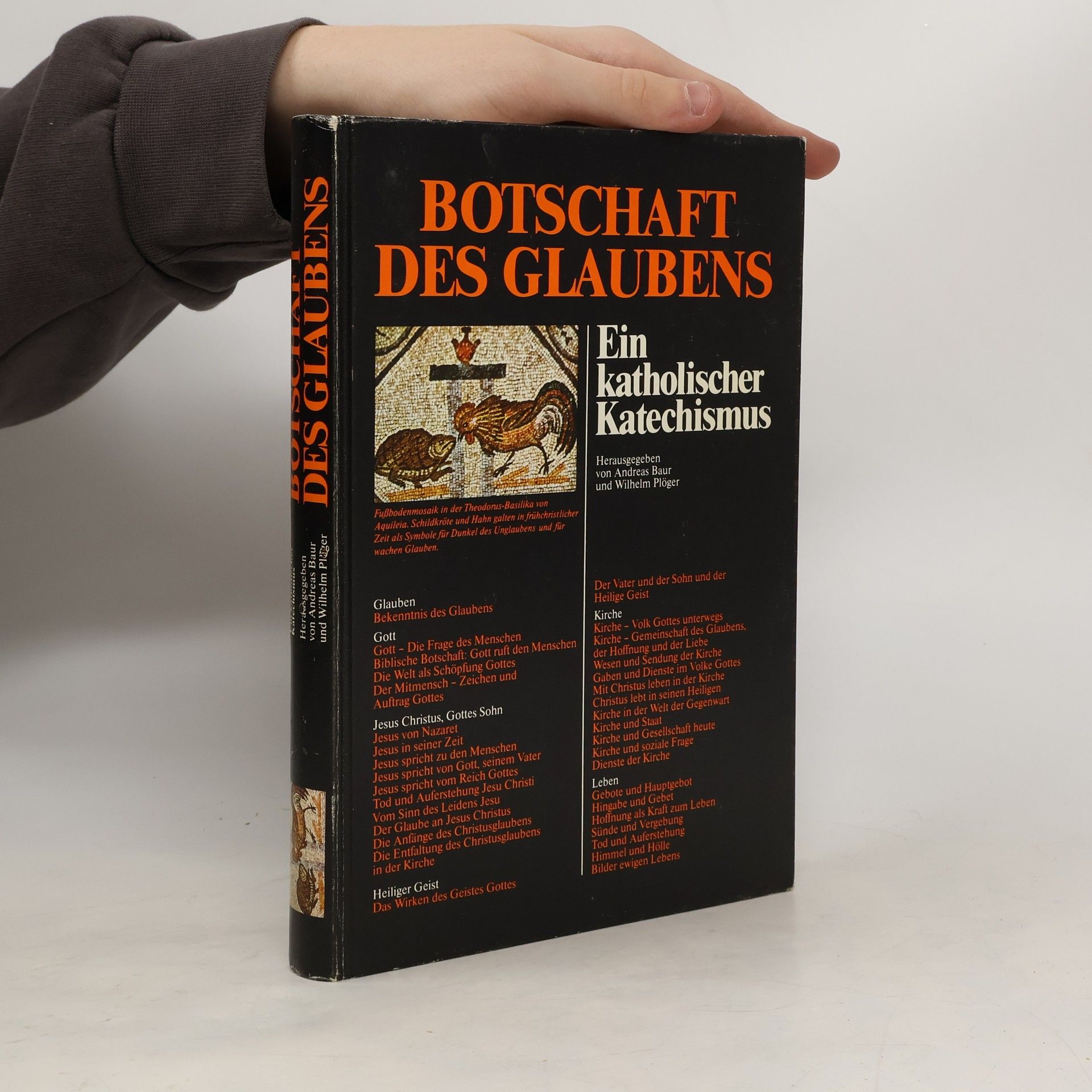
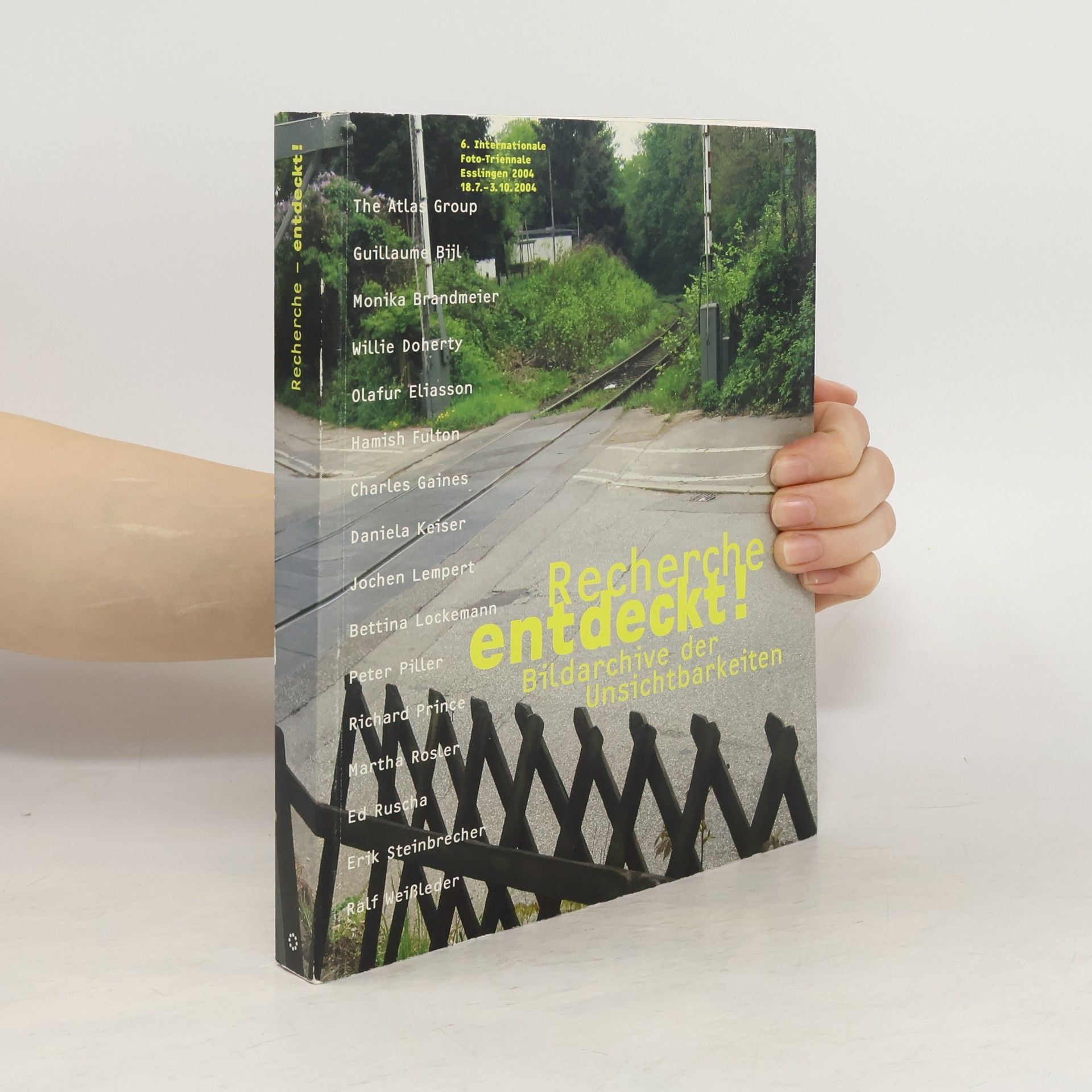
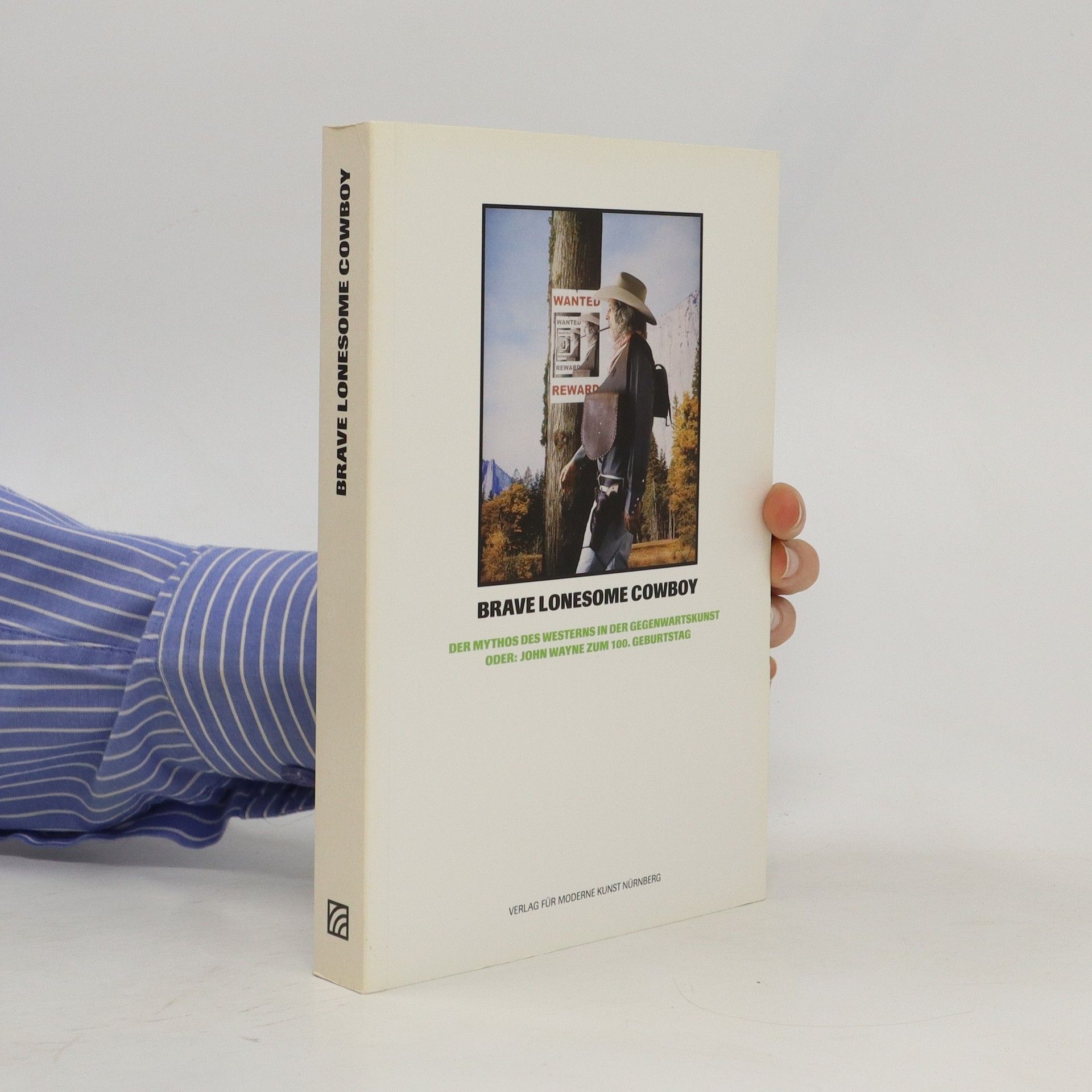

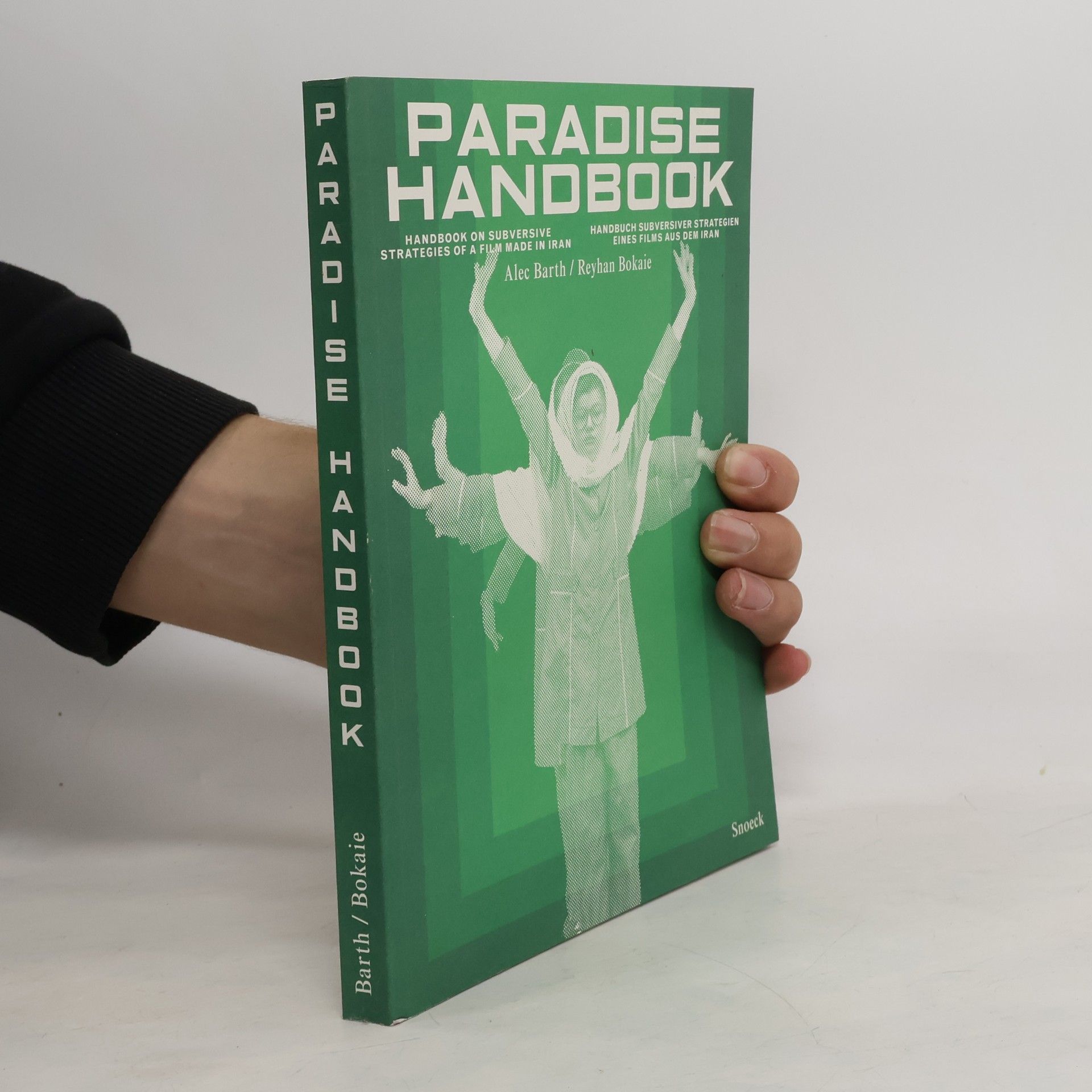
- 2024
- 2021
Hoël Duret: Low
Kat. Villa Merkel Galerie der Stadt Esslingen
Hoël Duret's artistic practice combines fictional stories with real events, forming a visual language based on science fiction, post-apocalyptic cinema, and modernist utopias; the relationship between nature and technology is examined against the background of progressive digitalization. The installation in the entrance hall of Villa Merkel, for instance, presents a jungle quote embedded in a network of cables. As a result, the proliferating plant-technological organism seems to be engaged in an exchange of information--as though man could not but always control everything, including the growth of plants. Hoël Durets uses an algorithm based on climate data published online to control his artificial ecosystem. This data choreographs in real time the lighting, the vaporization, and the soundtrack of the installation. Scientifically measurable parameters of current climate change are thus inscribed into a spatial ensemble oscillating between romanticism and science fiction. This lends the installation a minatory, latently apocalyptic undertone while also reflecting our profound yearning for Arcadia.
- 2018
Paradise handbook
- 176 pages
- 7 hours of reading
Paradise handbook reveals a concise insight into the genesis of the film Paradise, which director Sina Ataeian Dena managed to realize in Iran over a period of many years without filming permission and on a very small budget. The resulting footage was eventually brought out of the country and processed and finished in Berlin-Babelsberg. Paradise celebrated its premiere in 2015 in competition at the Locarno Film Festival and was subsequently awarded various prizes. The book reveals a fascinating view of how the film crew dealt creatively with the massive restrictions on filming in Iran. It breaks down, like a manual, the logistical, strategic, and technical efforts underlying the images and scenes that the team applied to circumvent the plethora of restrictions.
- 2015
Better than de kooning
- 150 pages
- 6 hours of reading
»STONED AGIN« »Better than de Kooning«, this title quoted for a group exhibition sounds like a terrible genre joke, because »nobody can paint better than de Kooning«, so it is an ideal title for a group show exhibition. Peter Saul paints during the mid-1970s a series of pictures of women that parodies the »Woman«-pictures (1950–53) of Willem de Kooning. He meticulously imitates the brush strokes and the impasto in a stylistic mix of Pointillism and Graffiti Art, turns up the colour regulator, and allows the abstract-expressionist painting and the women themselves to blend in a »Daliesque« manner, like soft ice cream (see the text »Un Autre Monde« by Marcus Weber and »Ice Creams, Atom Bomb, I-Screens, Data Bomb« by Esther Leslie in this book). In 2008, Saul paints another version of this cartoon-like, neon avatar and calls his painting »Better than de Kooning« …a relief of US reality. Artists: Tim Berresheim, Jana Euler, Maria Lassnig, Lee Lozano, Michel Majerus, Dieter Krieg, Katrin Plavčak, Jon Rafman, Gunter Reski, Peter Saul, Matthias Schaufler, Jim Shaw, Amy Sillman, Sue WilliamsExhibition: Villa Merkel Galerien der Stadt Esslingen: 12/9–15/11/2015
- 2008
5000 Jahre Moderne Kunst
- 95 pages
- 4 hours of reading
Andreas Baur und Marcus Weber versammeln im Katalog zu ihrer Ausstellung in der Esslinger Villa Merkel eine Auswahl von Malern, die den 'New Spirit in Painting' vertreten. Sie bieten damit eine wunderbare Möglichkeit, über die Zukunft der Malerei zu rätseln: Hybride Bilderwelten entstehen, wenn Komponenten wie High & Low, Handwerk & Hightech, Vergangenheit & Gegenwart verschmelzen. Komplexe Geflechte von Querbezügen etablieren humorvolle oder kuriose Inhalte. Vorlieben fürs Gemachte und für eine persönliche Handschrift zeichnen sich ab. Die Mischung von Groteske, Expressionismus, Exotismus oder Art Brut mit Bilderbastarden der Subkultur verbindet wiederum diese Maler einer jungen Generation. Michael Bauer • Hanna-Mari Blencke • Lutz Braun • Georganne Deen • Matthias Dornfeld • Nicole Eisenman • Stefan Ettlinger • Sebastian Hammwöhner • Richard Hawkins • Djordje Ozbolt • Dana Schutz • Peter Stauss • Marcus Weber
- 2007
- 2007
Brave lonesome cowboy
- 255 pages
- 9 hours of reading
Texte von: Sonia Amelio, Andreas Baur/Konrad Bitterli, Margrit Brehm, Edgar O'Hara, Lori Hersberger, Dietmar Koch, Peter Müller, Markus Raab, Kurt Scheel, Elsa Margarita Schwarz, Wolfgang von der Weppen
- 2007
Die in Berlin lebende Künstlerin Ulrike Flaig (*1962) stellt in ihrer Publikation neueste Arbeiten in einen spannungsreichen Dialog mit älteren Werken. Dabei kreisen ihre Installationen, Video- und Lichtprojektionen sowie Zeichnungen stets um die Themen Zeit, Rhythmus und Identität. Die Künstlerin inszeniert lustvoll die komplexe Durchdringung von alltäglichen Erfahrungen und hoch artifiziellen Symbolwelten, von Spiegelungen und realen Bildern. Bei Flaig stehen sich 'schnelle' und 'langsame' Skulpturen, Video-Live-Produktionen mit Musikern, Fotografien, Notationen, kleine Objekte, aber auch raumgreifende Installationen gegenüber. Es geht um schillernde Erscheinungsformen von spannungsgeladenen Übergängen, die – 'Boten des Unterbewussteins' gleich – zwischen polaren Dingen und Zuständen kreisen. Wie Assoziationsmaschinen verwandeln und durchdringen diese nächtlichen Boten alles und entzerren die Zeit in ihrer Wahrnehmung. Ausstellung: Villa Merkel, Galerien der Stadt Esslingen am Neckar, Esslingen 10.12.2006–11.2.2007
